
‘I am free. And I get to be me’: The impact of NikkieTutorials' coming out
On January 13th, 2020, popular influencer and beauty guru Nikkie de Jager, known online as NikkieTutorials, uploaded a video to her YouTube channel that would change her life forever. Judging by the title, I’m Coming Out., the YouTuber’s audience knew this was going to be a video like no other she had ever uploaded before.
The majority of her ‘glow babies’, as Nikkie calls her subscribers, expected her to come out as bisexual. Imagine their surprise when she instead came out as a transgender woman. Within days, the video was trending topic multiple social media platforms, garnering attention from people all around the globe. A wave of support from glow babies, fellow influencers, and even celebrities followed. Nikkie’s video turned out to have quite an impact.
In this article, I will discuss this impact, focusing on the effects Nikkie’s video had on both her authenticity and success as an influencer.
The NikkieTutorials channel
Nikkie de Jager started her channel on June 23rd, 2008, and uploaded her first video, a makeup tutorial, six days later. Nikkie was fourteen at the time. Her channel type is listed as ‘how-to’, as Nikkie teaches her viewers how to do their makeup. This also makes her part of the beauty community, which consists of "beauty gurus" who post various types of content, ranging from product reviews and tutorials to makeup challenges.
Building a loyal, supportive audience is essential to becoming a successful influencer
As of January 2021, the NikkieTutorials channel had more than 13.7 million subscribers and more than 1.4 billion total views, making it one of the biggest beauty channels on YouTube. Nikkie's 2020 coming out video currently sits at 36 million views and 3 million likes, making it her second-most popular video ever.
With an audience this big, Nikkie has a reasonable amount of influence on YouTube. Add to this her 14.6 million Instagram followers and her 2.2 million Twitter followers, and it is evident that Nikkie is one of today’s biggest influencers. Building a loyal, supportive audience is essential to becoming a successful influencer. Maintaining that audience is even more crucial. According to Cunningham and Craig (2017), both authenticity and community are the most crucial rules to abide by when it comes to social media entertainment (SME), the kind of content Nikkie produces. In the context of social media, "being authentic means getting personal and having personality; both of which come to signify ‘being real’ as opposed to putting up a façade or playing a (public) role" (Gaden & Dumitrica, 2014).
In order to be considered authentic, Nikkie must produce an image as 'the real her' instead of portraying a certain persona. For Nikkie this entails writing in an outspoken manner, using an informal voice, and providing personal information to her audience. All of this gives the impression that one is honest about who they are and what they stand for (Gaden & Dumitricia, 2014). Authenticity thus involves revealing major parts of who you are; it makes influencers like Nikkie unique and their produced content valuable. Nikkie's authenticity therefore not only depends on her transparency about brand deals, affiliate links, and sponsorships but also on her perceived honesty about her personal life. This is where her coming out video comes into play.
Coming out and authenticity
Being perceived as authentic and true to yourself is crucial for influencers to build and maintain a loyal audience or fanbase. Influencers such as Nikkie are considered to be more trustworthy than mainstream celebrities; their position as ‘regular social media users’ ensures this (García-Rapp & Roca-Cuberes, 2017). This means that in order to remain trustworthy, it’s expected of influencers to be honest at all times. Nikkie, being a rather well-known beauty guru, faces the same expectations.
Uploading the video was a huge risk for Nikkie, as some viewers may have felt that her not being "out" represented a lack of transparency. Nikkie's fanbase could have felt disappointed that their favourite influencer hadn't been "honest" with them - despite the fact that some matters are inherently private. In short, this video could have cost the beauty guru her career. After all, it is Nikkie’s fanbase, her community, that validates her authenticity (Cunningham & Craig, 2017). Additionally, the fact that Nikkie was blackmailed into making her video brings multiple new issues to the table.
Personal videos like Nikkie’s can have a huge impact on influencers’ perceived authenticity. Therefore, they need to be well-thought-out; one's choice of words and message matter, as well as their delivery. Moreover, it is important to communicate the right motivation behind making your video; you need to convey the message that "you do whatever it is you do online because “you really want it” and not to gain status, money or perks," (García-Rapp & Roca-Cuberes, 2017). When we consider the motivation behind Nikkie's video, namely that she was forced to make it and didn't film it of her own accord, it might not seem as authentic as her usual content. This begs the question: Is content still authentic when one is forced to make it?
Community response
In order to answer this question, we will look at the community’s response to Nikkie’s video. The coming out video currently has over 3 million likes and 133.000 dislikes. A large part of the more than 355.000 comments are positive, well-intentioned, or supportive of Nikkie and her message (Figure 1).
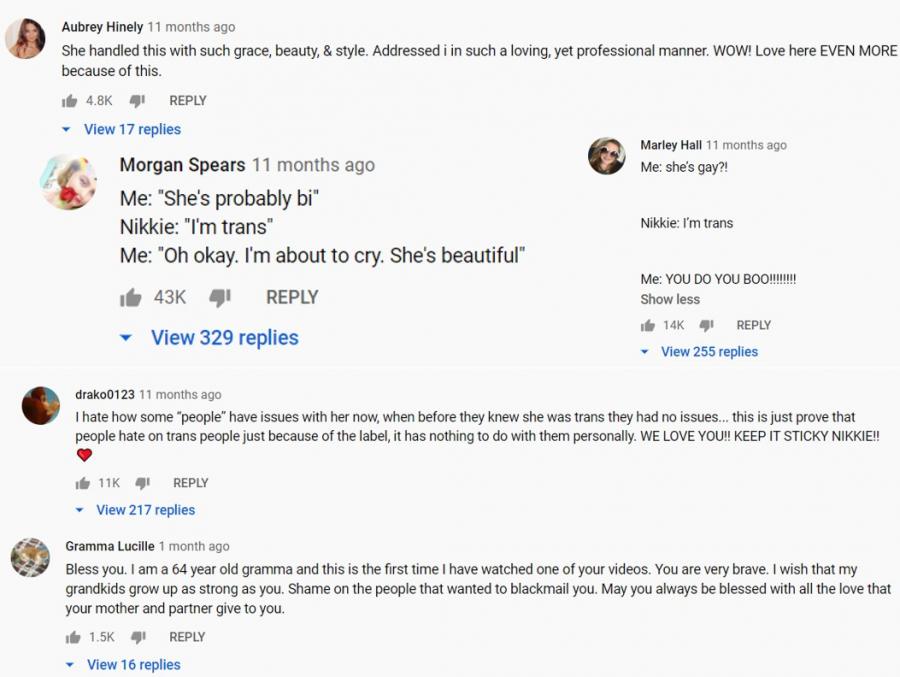
Figure 1: Some top comments on Nikkie's coming out video
On other social media, such as Twitter, Nikkie posted a link to the coming out video and also received a lot of support. Nikkie's tweet received over 250.000 likes and sympathetic responses both from her glow babies and fellow influencers, as seen in Figures 2 and 3. Nikkie's tweet received responses from fellow YouTubers like Brad Mondo, Safiya Nygaard, and Gabbie Hanna.
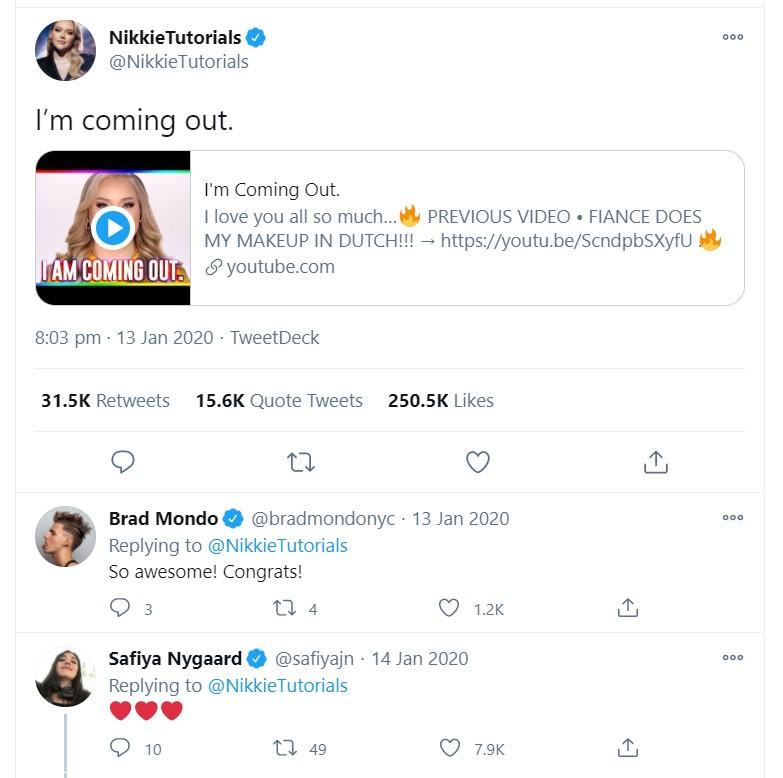
Figure 2: Coming out Tweet Nikkie Tutorials
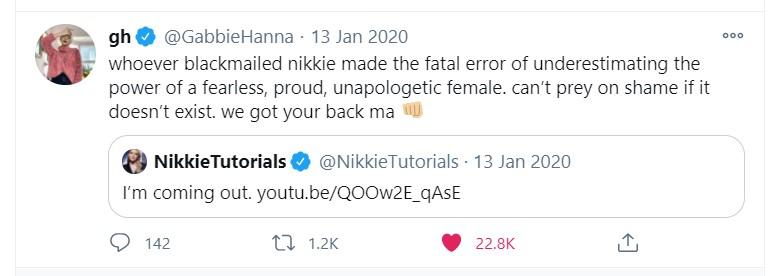
Figure 3: Supportive tweet
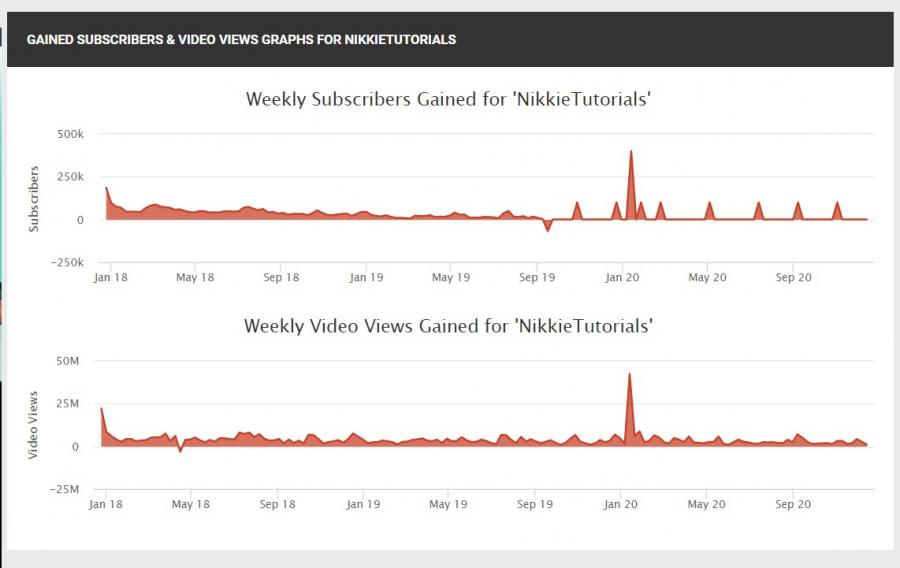
Figure 4: Social Blade graphs of the NikkieTutorials channel
The video was well received not just by Nikkie’s existing community but also by those previously unfamiliar with the NikkieTutorials channel; the video caused a significant increase in new subscribers. This indicates that, despite the blackmailing, Nikkie's video was considered suitably authentic by her audience.
A message of hope
The reason this particular video went viral is of course that it was a huge revelation about Nikkie’s identity and personal life. However, another important element responsible for the video’s popularity and perceived authenticity is its delivery. Whereas many influencers opt for a more towned-down look and low-quality format when making videos like this one (which can come off as inauthentic and performative), Nikkie sticks to the usual full-glam look and high-quality format she's known for. She opens the video with her usual greeting: 'Hello guys, it's me, Nikkie,' and uses the same vocabulary and jokes she always does. This makes for an authentic ambience; we see Nikkie as we have always seen her.
"‘I am here to openly share that I am transgender and with this message, I want to inspire little Nikkie's around the world."
Throughout her video, the influencer stresses how she wants to take back power by coming out the way that she wants to: through her YouTube channel, in a video made by herself. At the beginning of the video, she almost glosses over the fact that she has been blackmailed by simply saying that her ability to come out under her own circumstances was taken away from her. She then mentions how she’s always wanted to share this part of her identity with her audience, but never felt the timing was right. Now that she has no choice, she wants to take this opportunity to be honest and spread hope. The influencer emphasises how this revelation changes nothing about her; at the end of the day she is still Nikkie and ‘you are still you.'
Furthermore, Nikkie says she wants to help people like her: "I am here to openly share that I am transgender and with this message, I want to inspire little Nikkie's around the world, who feel insecure, who feel out of place, who feel misunderstood. I hope by me standing up and being free, that it inspires others to do the same, to truly live your life like you want it and the way you deserve it. This world needs us." The delivery of her message, i.e. wanting to help others be themselves, redirects the focus of the video from blackmail to a message of hope and strength. This contributed to the popularity of the video and it ultimately went viral.
Going viral
Having a video go viral involves a special recipe of timing, hashtags, thumbnails, titles, and content. Nikkie’s coming out video seems to have ticked all of these boxes, as it was one of the most popular videos on YouTube in 2020 (Figure 5). Nikkie’s video reached YouTube’s top ten in six countries. Most importantly, however, going viral involves algorithms that cooperate with you and your uploaded content.
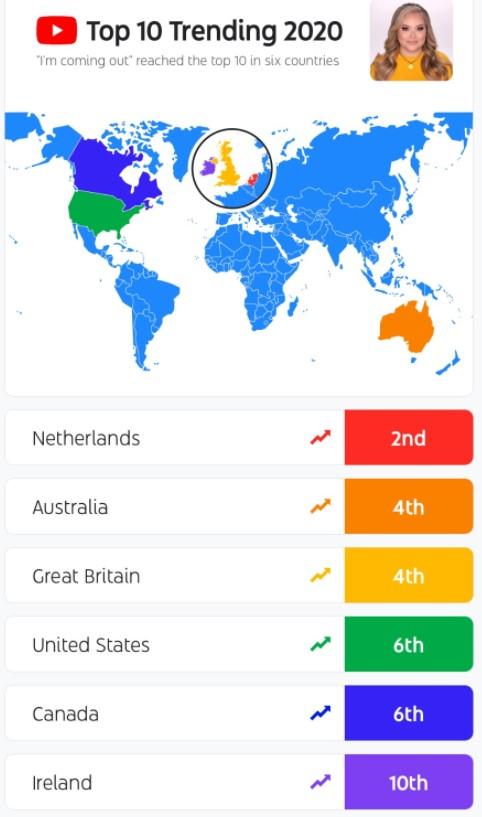
Figure 5: Nikkie Top Ten Trending Countries - YouTube
The term ‘algorithm’ refers to computational processes that are used to make decisions transforming input data into the desired output data. They are often utilised by social media platforms like YouTube and have a great influence on our online behaviour (Tufekci 2015). For example, based on our viewing and search history, algorithms analyze our interests and recommend what to watch next on YouTube. As seen in Figure 3, above, and Figure 6, below, Nikkie’s video got a significant number of views in a short span of time. This is due to algorithms that pushed the video onto the explore pages of people who have shown interest in or are subscribed to the NikkieTutorials channel. The more people saw the video and liked or shared it, the more popular it became and the more viral it went.
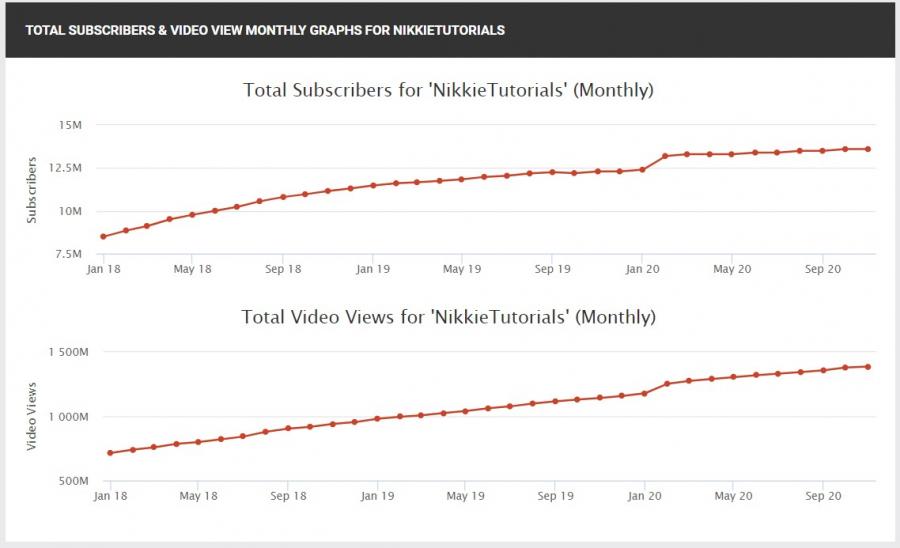
Figure 6: Nikkie Social Blade: subscribers and views
New opportunities
In addition to her success on social media, Nikkie’s video was also noticed by traditional media. The influencer was interviewed on both Dutch and American television. She was even interviewed by Ellen Degeneres, one of the most famous TV hosts in the world and part of the LGBTQ+ community herself. Furthermore, Nikkie revealed that a documentary about her life had been in the making for a while, which was now also going to include her coming out story. The YouTube Original ‘NikkieTutorials: Layers of Me’ consists of four episodes, of which the last one deals with the influencer’s big revelation. It is evident that her coming out has not only influenced Nikkie’s personal life, but also her professional one, creating new opportunities for her.
When Nikkie de Jager uploaded her coming-out video, it was a brave move to take back power from her blackmailer. The video’s message and its authentic delivery achieved the exact opposite of what the blackmailer had hoped for. As shown by her account statistics and comments on social media, Nikkie's coming out prompted more support for her and her channel and opened the door to new opportunities. Algorithms pushed the video and recommended it to an abundance of people, making Nikkie’s brave coming out one of the most successful and popular videos of 2020.
References
Cunningham, S., & Craig, D. (2017). Being ‘really real’ on YouTube: authenticity, community and brand culture in social media entertainment. Media International Australia, 164(1), 71–81
Gaden, G., & Dumitrica, D. (2014). The ‘real deal’: Strategic authenticity, politics and social media. First Monday, 20(1)
García-Rapp, F., & Roca-Cuberes, C. (2017). Being an online celebrity: norms and expectations of YouTube’s beauty community. First Monday, 22(7), July Issue
Tufekci, Z. (2015). Algorithmic harms beyond Facebook and Google: Emergent challenges of computational agency. Colorado Technology Law Journal, 13(2), 203-218